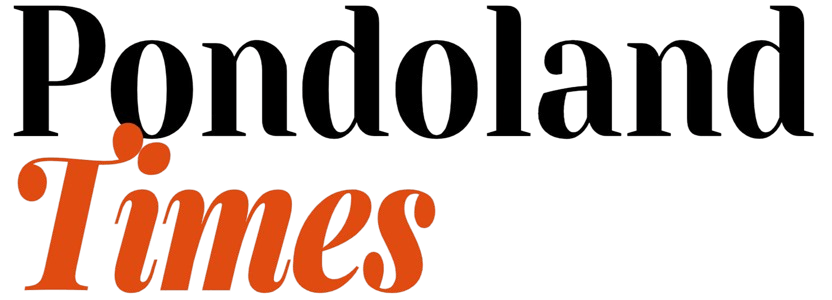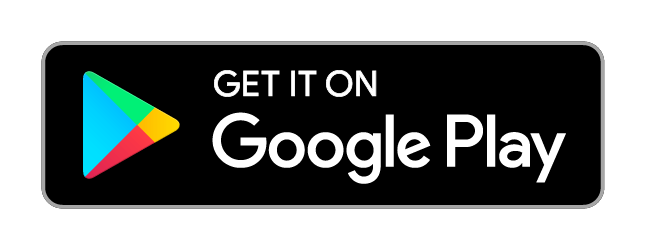
Staying informed is crucial for personal growth, active citizenship, and community engagement. For rural communities, where access to information may be limited by infrastructure, finding reliable news sources can be a challenge. Fortunately, there are platforms and resources tailored to meet these needs. Here are some top news platforms and strategies for rural communities to stay informed about regional and national news.
- Community Radio Stations
Community radio remains one of the most accessible and reliable sources of information in rural areas. Stations like Alfred Nzo Community Radio, Inkonjane FM and Unitra Community Radio cater to local audiences, delivering news in indigenous languages and focusing on issues relevant to the community. These stations are especially vital during emergencies or elections, providing real-time updates.
- Local Newspapers
Publications such as the Pondoland Times serve as a lifeline for rural readers. These newspapers cover local events, cultural stories, and regional politics that national outlets may overlook. For communities with limited internet access, printed editions ensure the news reaches everyone.
- Mobile News Apps
Smartphones are becoming increasingly common in rural areas, and mobile apps offer a convenient way to access news. Platforms like News24, SABC News, and eNCA have user-friendly apps that provide both regional and national updates. Many apps also allow offline reading, making them ideal for areas with spotty internet coverage.
- Social Media Platforms
Facebook, WhatsApp, and Twitter are widely used in rural areas to share news. Many local government pages, community groups, and media outlets post updates regularly. Be cautious, however, as misinformation can spread quickly. Follow verified accounts like @GovernmentZA on Twitter or the official pages of trusted news organizations.
- Television News Channels
For households with access to television, channels like SABC, eTV, and DStv News offer comprehensive coverage of current events. Programs like “Morning Live” and “Carte Blanche” provide in-depth analysis and investigative reporting.
- Word of Mouth and Community Meetings
Traditional methods like community meetings and gatherings remain essential in rural areas. Chiefs, councillors, and local organizations often share updates on pressing issues during such events. These platforms not only inform but also offer opportunities for community dialogue.
- Online News Websites
For those with internet access, websites such as Daily Maverick, Mail & Guardian, and IOL News offer in-depth reporting and analysis. These platforms are particularly useful for understanding broader national issues and policies.
- Podcasts and Audio Content
Podcasts are an emerging resource for news and storytelling. Shows like “The Daily Maverick Show” and “SABC News Podcasts” can be downloaded and listened to at any time, making them ideal for rural audiences with intermittent connectivity.
- Government and NGO Resources
Government websites and NGOs often provide free access to news and educational content tailored to rural communities. Platforms like Vuk’uzenzele (a government newspaper) and LoveLife address topics ranging from healthcare to youth empowerment.
- Libraries and Learning Centers
Libraries and community learning centers often stock newspapers and provide internet access for free or at a low cost. These spaces can serve as hubs for staying updated while also fostering a culture of reading and learning.
Tips for Evaluating News Sources
- Check Credibility: Ensure the platform is reputable and has a track record of accurate reporting.
- Beware of Misinformation: Cross-check stories with multiple sources.
- Engage with Local Leaders: They can help verify and disseminate accurate information.
Staying informed is both a right and a responsibility. By leveraging these platforms and strategies, rural communities can bridge the information gap, ensuring they remain engaged and empowered in regional and national affairs. Whether through radio waves, social media, or traditional newspapers, the tools to stay informed are more accessible than ever.







